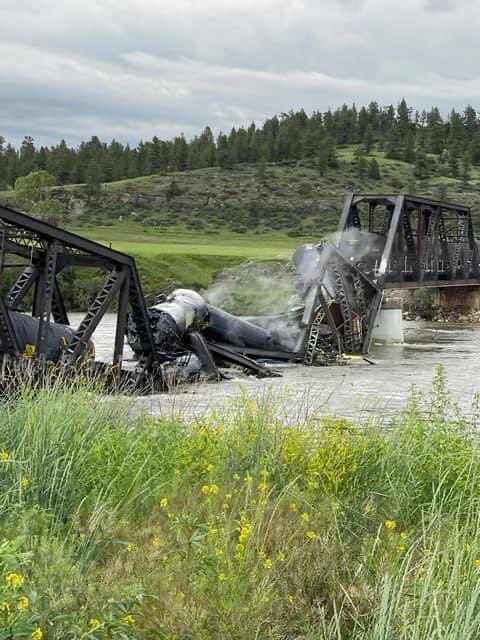So, this past December, conservative pundit Steven Crowder decided to start a fight with his fellow conservative pundits at The Daily Wire. Crowder claimed that the contract he’d been offered was unfair, and too exploitative, and some of us had a nice little chuckle at the ultra-conservative propagandist discovering capitalist exploitation for the first time. Then, it turned out that the contract in question would have gotten Crowder $50 million, for his spiteful, bigoted drivel.
It really underscores just how much money there seems to be for right-wing media. It’s no secret, by now, that a number of right-wing billionaires spend money on propaganda, but sometimes it’s easy to forget just how much money we’re talking about. It’s also easy to forget that while hateful weirdos like Crowder, Dennis Prager, or Ben Shapiro may be some of the most obvious recipients of billionaire money, the problem is much more widespread:


